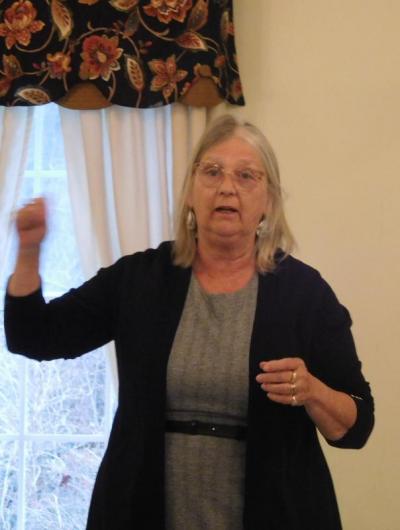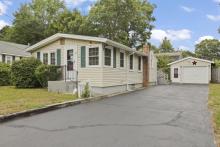Rochester weighs costs on housing complex
ROCHESTER — A developer who proposed a 208 unit housing complex for Rochester plans to make a quarter of the units affordable, but Rochester residents and officials are concerned that the town couldn’t afford the influx of residents.
Steen Realty and Development Corporation appeared at a joint Board of Selectmen and Planning board meeting on Jan. 3 to inform residents about four four-story structures at Rochester Crossroads, which would be constructed adjacent to route 495, at the intersection of route 58 and 28.
The development would consist mainly of 160 two bedroom units, but would also allow for 24 one bedroom and three bedroom units.
Kenneth Steen hopes to use section 40R of the Massachusetts General Law to create a smart growth zoning overlay district for both residential and commercial properties on the lot.
The area that Steen wants to designate as an overlay district is already a business district, but the overlay would set additional regulations on the residential component of the overlay district.
A 40R development requires the same amount of affordable housing as a 40B development, but the latter gives more control to the developer in order to promote commerce. A 40R overlay district would give the town more control by requiring that Steen both go through the normal Planning Board review process and also get a town bylaw approved by two thirds of the voters at town meeting.
Using 40R would also mean that the state would provide financial incentives to Rochester for approving the zoning overlay.
The town would receive a one time fee of $1.1 million, and $3,000 for each unit approved. The development would also provide $267,872 in revenue yearly from the housing development and commercial businesses.
These units along with other units that would be counted as affordable even if they are not rented at lower rates would ensure that Rochester reaches the state-mandated 10 percent affordable housing units.
Board of Selectmen Chair Woody Hartley asked if the project would be affordable for the seniors who would most need affordable housing.
Steen responded that Rochester is allowed to request that 70 percent of the units rented out initially be rented to Rochester residents, which could help get seniors in the units.
Members of the Planning Board and Board of Selectmen also asked about the costs to town services.
The development would likely attract families, and Steen estimates that it would add 52 students into the school system in Rochester. Steen had its own estimate for how much those children would cost the town, based on comparing the number of children to the total number of units.
But a Rochester Planning Board member insisted that each student costs the town $14,000, far more than Steen had calculated.
The state has created section 40S to make sure that towns are not burdened by the rising school costs when they create smart growth overlay districts. HoweverJudy Barrett, a consultant for Steen, clarified that “most towns have not ended up needing 40S revenue.”
David Hughes of the Park Comission also asked if 40R also provides additional funds for the fire department.
“It would probably have to purchase additional equipment to service four story buildings,” Hughes explained.
Steen responded that it did not, but provided a sum of money to the town’s general funds and left it as a local decision what to do with those funds.
However Hughes was still concerned that this would create complications for the town.
“Everyone’s going to want a piece of those funds,” he stated. He worried that once town departments claim the funds, the burden would be passed on to taxpayers.
“We need something affordable for seniors, but don’t want to tax them for it,” Hughes said.
Rochester resident Gianino Lettieri was also concerned with how the affordable housing section of the development would work. He asked if affordable housing applicantss would have to apply through Section 8, the section of the Massachusetts law that governs affordable housing.
Steen responded that applicants would not have to apply for section 8, and the units are considered affordable because they are rented at either 50 or 80 percent of their market value.
Steen has elected to rent more apartments at 80 percent of their market value, and Lettieri asked if he would consider renting at the lower affordable value.
Steen and Barrett explained that they would not, because units rented at that rate are usually funded through tax credits, and their development is not built around that model.
Steen Realty requested the support of the Planning Board and Board of Selectmen, as it cannot begin the application process for the district without that support. The two boards did not vote on the issue at the Jan. 3 meeting, but promised to vote on it at their Monday and Tuesday meetings.
















